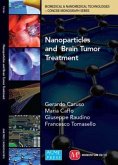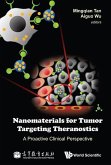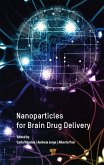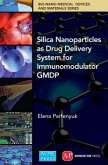

14,99 €
Versandfertig in über 4 Wochen
Broschiertes Buch
Gospel Truth to Help You Fulfill God's Plan for Your Life
29. Oktober 2024
Author Solutions Inc
| eBook, ePUB | 4,99 € |
Ähnliche Artikel

Gebundenes Buch
16. April 2016
World Scientific Publishing Company


Gebundenes Buch
12. Oktober 2012
Life Raft Media Ltd

Broschiertes Buch
Quantum Computer-Neuronal System-Art -v Virus
27. Juli 2022
Our Knowledge Publishing

Gebundenes Buch
1. Juni 2010
Caister Academic Press Limited

Gebundenes Buch
Theory, Modeling, and Simulation
1. Januar 2004
Life Raft Media Ltd


Gebundenes Buch
25. Juni 2019
NY Research Press


Gebundenes Buch
1st edition 2022
15. Juni 2022
Springer / Springer International Publishing / Springer, Berlin
978-3-030-98418-2
Ähnlichkeitssuche: Fact®Finder von OMIKRON
